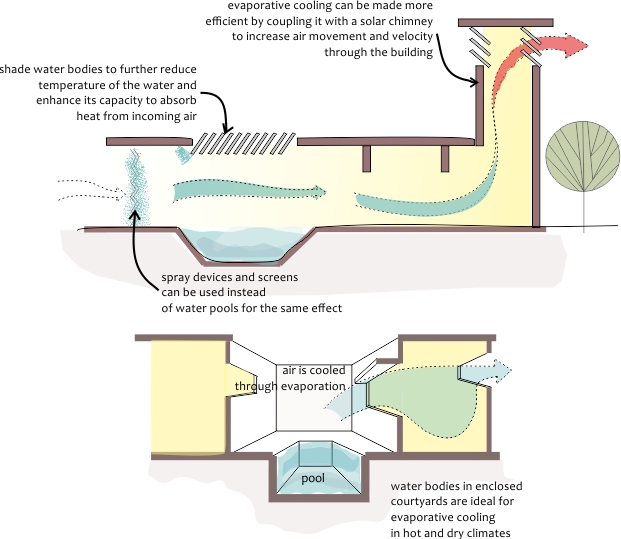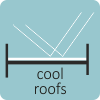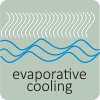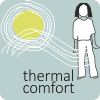Over the years, traditional wisdom has supported the idea of a water body such as pond, lake or a fountain to provide cooling effect to the surrounding environment. This effect lowers the indoor air temperature – a widely known concept of evaporative cooling. This phenomenon is largely witnessed in systems such as desert coolers in most Indian households.
Evaporative cooling lowers the indoor air temperature thus lowers the energy cost for air-conditioning in buildings. Reduced energy load contributes towards meeting the NZEB design goals. However, evaporative cooling is mostly effective in hot and dry climate where the humidity is low.


















